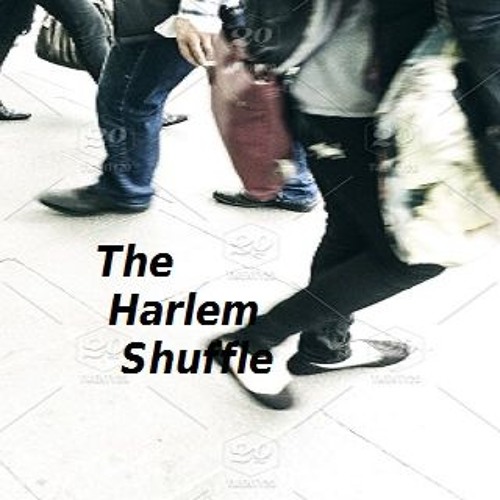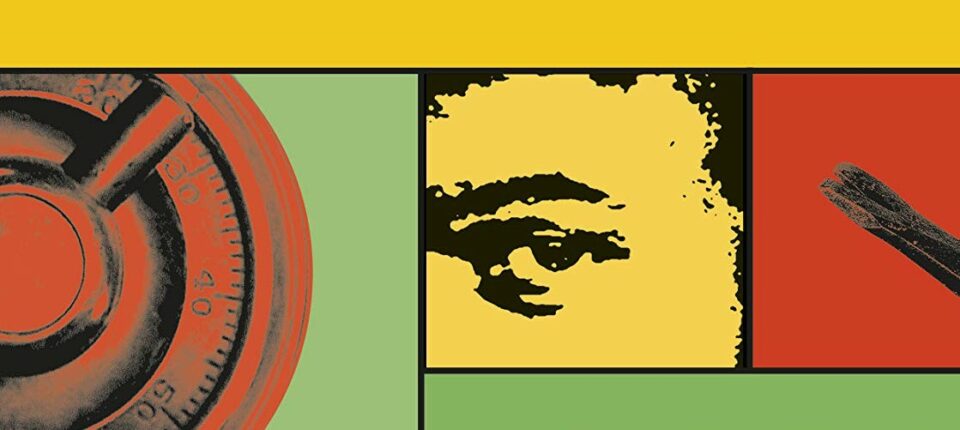


And so a criminal has given the fence these jewels and coins and other things to watch, and he'll find other dealers at a swap meet. In the front of the store, he has these used armchairs that he's refurbished and where does he get them? He goes to the swap meet, and at the swap meet, there's like a rare coin guy over there.

And so the main guy in this one study reupholstered furniture. When I was reading these sociological studies of fences, one thing that was made apparent very early was that they often have fronts, front stores. can I do that?"Īuthor Interviews When Zombies Attack Lower Manhattan "I was just thinking about how much I like heist movies and thinking how much fun the directors and writers must have put it all together," he says. Whitehead says inspiration for the story came to him a few years back, when he was deciding on a movie to watch. Carney owns a furniture store on 125th Street in Harlem, but he has a sideline trafficking in stolen goods. In Whitehead's novel, the main character, Ray Carney, is that wall. a sociological a study about these guys in the Midwest in the '60s, and one of the first things that struck me was their description of being a wall between the straight world and the crooked world." "There's not a lot of literature about fences," Whitehead says. For his latest novel, Harlem Shuffle, that meant learning how stolen items get "fenced." Pulitzer Prize-winning author Colson Whitehead does extensive background research whenever he works on a book. “Thousands and thousands toiling and plotting in their apartments and SROs and twenty-four-hour greasy spoons, waiting for the day when they will bring their plans into the daylight.Colson Whitehead was awarded Pulitzer Prizes for his last two novels, The Underground Railroad and The Nickel Boys. “All over the city there were people like them, a whole mean army of schemers and nocturnal masterminds working their rackets,” Whitehead writes.

The scheme that Carney engineers to wreak his revenge is entertaining, but it’s also a tragic example of how much energy is misdirected on internecine battles that are only furthering the work of a larger racist society. Even as the neighborhood struggles against systemic abuses, the center of “Harlem Shuffle” focuses on a vendetta between Carney and a crooked Black banker. Carney’s own in-laws look down on him as a mere “rug-peddler,” and there’s a clear hierarchy of color among the Black residents. But “Harlem Shuffle” is laced with intimations that classism and racism are conspiring to corrupt the city. In a sense, we’re kept within the fertile biosphere of Carney’s cheery optimism, at least for a while.


 0 kommentar(er)
0 kommentar(er)
